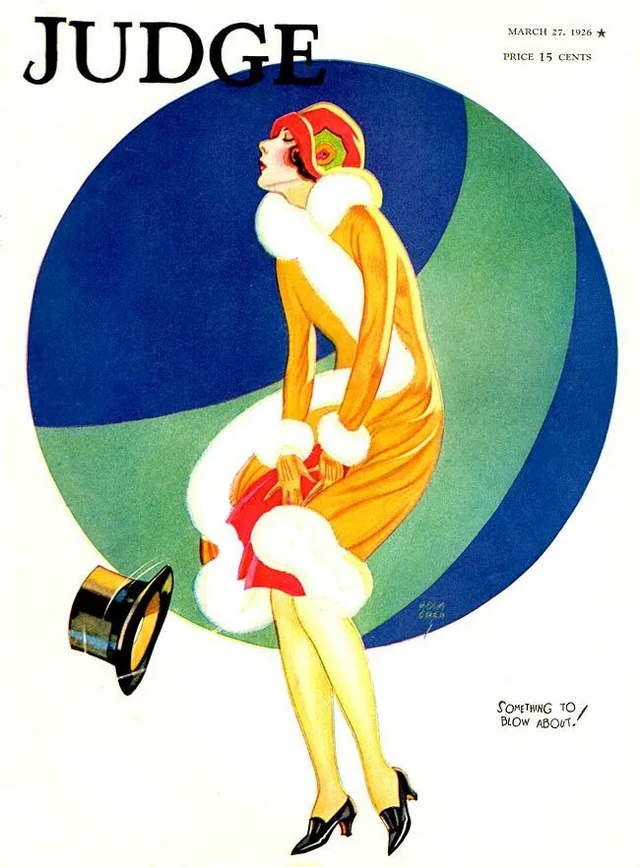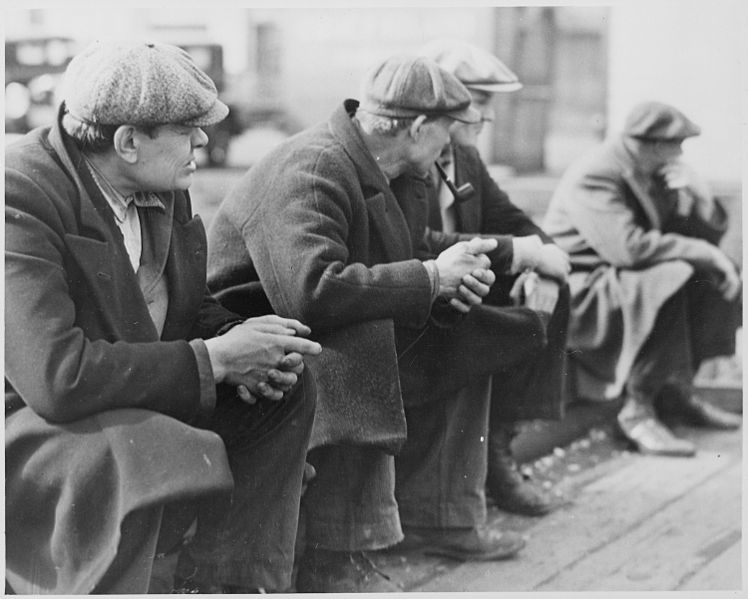Fashion in the time of the S.S. Sicamous
- Meg Dunham
- Jul 27
- 5 min read
Updated: Aug 26
1910s
Fashion for women in the early 1910s marked a movement from the rigidity of years prior. The heavily corseted "s-shape" silhouette went out of style and the desired silhouette softened. As the "s-shape" went out of style the bottoms of women's skirts began to taper eventually becoming the very popular "hobble skirt" named for the way women walked while wearing one. Since many of these skirts tapered so severely that women could not take proper steps. Along with the "hobble skirt" and softer silhouette this decade also saw the revived popularity of the empire waist.

Men's fashion in the first part of the decade saw a surge of popularity for the "lounge suit" which was not altogether dissimilar from today's business suit. They were three piece suits which consisted of trousers worn ankle length and with the cuffs turned up, a sack coat, and a waistcoat. They were given the name "lounge suit" because in comparison to the suits one would wear with a frock coat they were actually quite casual, and while they gained popularity they were still only worn during the casual moments in a man's life. The frock coat was still the formal go to choice.
However, in 1914 these fashions came to a screeching halt with the beginning of the first world war. As the men went to war women began to join the workforce to help in the war effort and attempt to keep the economy alive with the majority of the usual workforce gone. This meant that women were in need of simple moveable outfits which could be worn to work in a factory without creating any danger for themselves among the machinery. So they resorted to basic, and functional fashions such as tunics over skirts.

Men's fashion much like women's saw a turn from frivolity with the introduction of the first world war. Many men enlisted in the army so their primary outfit became their uniform. This then contributed to many pieces of their uniform becoming a part of common wardrobe in later years because of those pieces' versatility. For instance, the popularity of trench coats can be attributed to this fact as it was a very utilitarian and liked choice of coat during the war and was later adopted by
Hollywood.
1920s
The 1920s brought with them an era of simplicity of design and construction left over from the war. The best example would be the "la garçonne" trend more commonly known as the flapper. This look consisted of a dress that was almost completely tubular which concealed most if not all of a woman's curves creating the decades most sought after silhouette. It was most often paired with a short bob and a brimless cloche hat. These tubular dresses were worn both during day and night with the evening dresses adorned with all kinds of beading, sequins, and embroidery. The tubular and curveless nature of these dresses is what led to them endearingly being called sacks.

This is also when many synthetic materials are coming into play such as nylon, and rayon which was also known as art-silk (artificial silk) and these fabrics would only grow in popularity with the beginning of the depression in 1929. Rayon was commonly made into stockings, however the stockings would be much shinier than their silk-made counterparts so in order to make them seem closer to the real deal women would powder their rayon stockings.
Following the same vein as women's fashion during the decade men's fashion also valued simplicity. Men adopted soft un-starched collars and often went without a waistcoat under their one or two button suit jackets. Depending on the season the popular fabrics were flannel and tweed.
Men's fashion also saw a growing popularity for two new kinds of trousers in the plus-fours, and the Oxford bags. The Oxford bags first gained popularity among rowers at Oxford University as they were baggy enough to pull on over their shorts after a practice. They would continue to become even baggier as they grew more popular. Their baggiest was 44 inches compared to the styles original 22.

The plus fours were a short-legged trouser which gathered at the knee, and like the Oxford bags they were much baggier than what had previously been the style for men. The plus fours would have four extra inches of material at the hem-hence the name-which had a band at the knee with the extra fabric falling over the band and were quite popular for golfing.
1930s
The curveless silhouette went away with the turn of the decade and moved towards a simple curve hugging silhouette meant to be feminine and soft. The achievement of this silhouette was aided by dresses made using the bias cut. The bias cut is a way of cutting fabric at a 45 degree angle or along the bias which makes the dress move more fluidly allowing the dress to drape flatteringly over the curves of the body instead of clinging to the body like a straight cut garment might.

This decade marks the arrival of the backless dress because the higher hemlines of the 20s have lowered back down to calf length in the day and floor length in the evening. Fashion was in need of a new patch of skin to flash so the backless dress gained popularity. Pants also became a more acceptable choice of garment for women during the more casual moment in their lives such as when they were on vacation or for sports.
The 30s were also the decade where Hollywood stars took over the role of fashion tastemakers from socialites and aristocracy. Stars like Joan Crawford and Clark Gable could control what clothes people did or did not buy. To the point that when Clark Gable revealed that he was not wearing an undershirt in It Happened One Night sales for undershirts actually dipped.
In men's fashion this is the decade where we begin to see the disappearance of the suit as the go-to casual wear and see a turn towards soft-collared shirts, and knitted sweaters without ties that in earlier years would have been obligatory. Suits began to be made of more economical fabric and the synthetic Sharkskin was one of the favourites. Trousers were still worn wide legged although not quite as wide as was popular in the decade prior and were worn cuffed and creased.

Also seen was a resurgence of military-inspired clothing such as the bomber jacket and trench coat, potentially an act of foreshadowing what would begin in the final year of the decade. However trends like those mentioned above were just for those of wealth and for many men during the depression the only fashion they could afford was the bare necessities which has led to the enduring image of men in flat caps, worn boots, and large overcoats which many associate with the great depression.


Comments